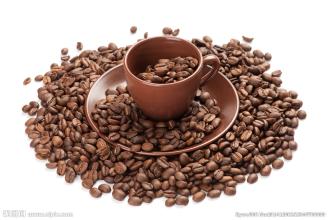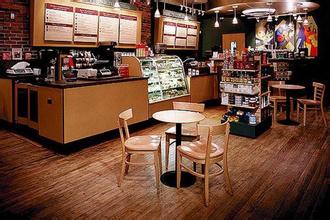Description of taste and flavor in coffee farm area of Ethiopia grinding scale varieties
Description of taste and flavor in coffee farm area of Ethiopia grinding scale varieties
Readers interested in Ethiopian boutique beans can pay more attention to the producing areas of Sidamo, Yegashifi (especially rare sun-dried beans), Harald, Lim and Jinbi, whose rich orange and floral aromas are different from those of Central and South American beans. Ethiopia is a treasure trove of coffee genes, and experts estimate that there may be more than 2,000 Arabica subspecies hidden in the country, but the biggest dilemma facing the coffee industry in Ethiopia is that the output is too low. This is related to small-scale farming and organic cultivation, with an average yield of about 800,1200 kilograms per hectare, which is much lower than that in Central and South America (Costa Rica produces an average of two tons of coffee beans per hectare), which shows that Egypt still has a long way to go to increase production. In addition, Egypt's natural low-caffeine coffee trees are being planted, and natural low-caffeine beans will be on the market as soon as two ○○ in nine years.
Yega Xuefei's coffee trees were planted by monks in Europe and later transferred to farmers or cooperatives. Yega Xuefei is actually constructed by the surrounding coffee communities or cooperatives, including: Hafusha, Hama, Biloya.
These mountain villages are foggy, like spring all year round, with a gentle breeze in summer, cool but not hot, rain but not damp, and no cold damage in winter, giving birth to a unique regional flavor of citrus and flowers. Coffee trees are mostly planted in farmers' own backyards or mixed with other crops in the field.
Grade of Ethiopian coffee:
Ethiopia washed coffee Yega Chuefei G1 G2
The highest levels of Sidamo (Yirgacheffe, Sidamo) are level 2 and level 3 (G2, G3).
Most of the sun-processed coffee in eastern Ethiopia are grade 4 or grade 5 (G4, G5).
In many cases, level 4 coffee is marked as level 5 in order to reduce taxes. At present, the grading is not uniform and messy, because there are also Grade I and II (Grand G2) Yirga Cheffe processed by sun processing, but the highest grade of Harald (Harar) is Grade IV (G4).

Important Notice :
前街咖啡 FrontStreet Coffee has moved to new addredd:
FrontStreet Coffee Address: 315,Donghua East Road,GuangZhou
Tel:020 38364473
- Prev

Description of Origin and Flavor of Ethiopian Coffee introduction to the characteristics of Coffee produced by Taste treatment
The origin and flavor of Ethiopian coffee describes the characteristics of varieties produced by the method of taste treatment. Legends about the origin of coffee are varied, but most of them are forgotten because of their absurdity. However, people will not forget that Africa is the hometown of coffee. Coffee trees are likely to be found in Ethiopia's KAFFA province. Later, groups of slaves came from Africa
- Next

Introduction to the regional treatment method for the analysis of taste and flavor characteristics of Panamanian coffee market
Panamanian coffee market analysis of taste and flavor characteristics of varieties in the region treatment method the Manor covers an area of about 12.5ha, is a small local miniature estate in Panama, according to the owner's dictation, 8.5ha planted varieties from the common typica (RedCatuai), Pacamara (Pacamara). After 2008, a small number of lots began
Related
- Detailed explanation of Jadeite planting Land in Panamanian Jadeite Manor introduction to the grading system of Jadeite competitive bidding, Red bid, Green bid and Rose Summer
- Story of Coffee planting in Brenka region of Costa Rica Stonehenge Manor anaerobic heavy honey treatment of flavor mouth
- What's on the barrel of Blue Mountain Coffee beans?
- Can American coffee also pull flowers? How to use hot American style to pull out a good-looking pattern?
- Can you make a cold extract with coffee beans? What is the right proportion for cold-extracted coffee formula?
- Indonesian PWN Gold Mandrine Coffee Origin Features Flavor How to Chong? Mandolin coffee is American.
- A brief introduction to the flavor characteristics of Brazilian yellow bourbon coffee beans
- What is the effect of different water quality on the flavor of cold-extracted coffee? What kind of water is best for brewing coffee?
- Why do you think of Rose Summer whenever you mention Panamanian coffee?
- Introduction to the characteristics of authentic blue mountain coffee bean producing areas? What is the CIB Coffee Authority in Jamaica?

